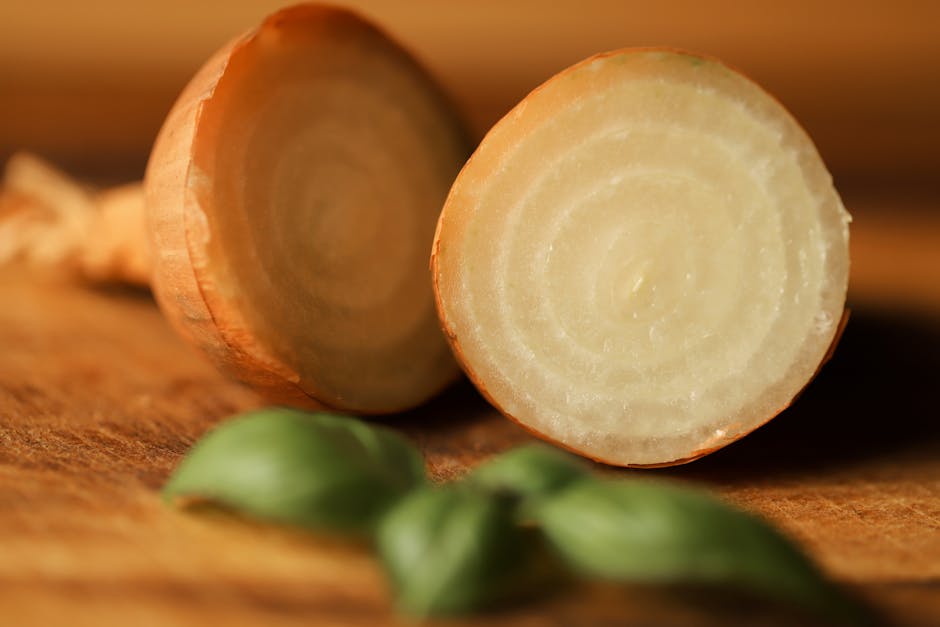
Intriguing Flavor Encapsulation: Unlocking the Secrets of Taste
Have you ever wondered how certain foods manage to deliver a burst of flavor that seems to explode in your mouth? The answer lies in the intriguing concept of flavor encapsulation.
Flavor encapsulation is a technique that involves trapping flavor compounds within a protective shell, allowing them to be released at a specific time or in response to certain conditions. This revolutionary method has found its way into various culinary applications, from confectionery to beverages.
One of the key benefits of flavor encapsulation is its ability to enhance taste perception. By encapsulating flavors, food scientists can control the release of these compounds, creating a multi-dimensional taste experience. For example, a savory dish may exhibit a burst of umami flavor followed by subtle hints of sweetness or acidity.
But how does flavor encapsulation work? The process typically involves coating flavor compounds with a thin layer of material, such as fats, proteins, or carbohydrates. This outer layer acts as a protective barrier, preventing the flavors from being released until the desired moment.
Flavor encapsulation can be achieved through various methods, including spray drying, spray chilling, and extrusion. Each technique offers unique advantages and is suited for different types of food and beverage products.
The applications of flavor encapsulation are vast and ever-expanding. In the confectionery industry, encapsulated flavors are used to create candies with long-lasting flavor profiles. The encapsulated compounds are released gradually as the candy dissolves, ensuring an extended taste experience.
In the beverage sector, flavor encapsulation allows for the creation of unique and refreshing drinks. Encapsulated fruit flavors can be added to carbonated beverages, providing a burst of taste with every sip. This technique also prevents flavor deterioration, ensuring that the drink maintains its freshness over time.
Furthermore, flavor encapsulation opens up possibilities for the development of functional foods. By encapsulating nutritional ingredients, such as vitamins or omega-3 fatty acids, food manufacturers can ensure their targeted delivery to the consumer's body. This approach enhances the bioavailability of these compounds, making them more effective.
Intriguing, isn't it? Flavor encapsulation has the potential to revolutionize the way we experience food and beverages. It unlocks a world of endless possibilities, where flavors can be personalized, intensified, and even transformed.
So, the next time you savor a dish bursting with complex flavors or take a sip of a refreshing, unmistakably fruity drink, remember the fascinating science behind it – flavor encapsulation.
